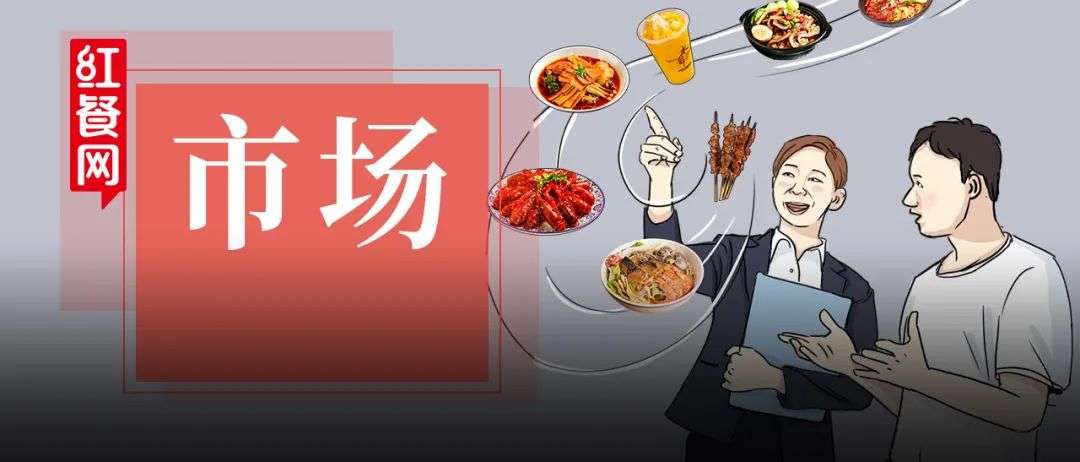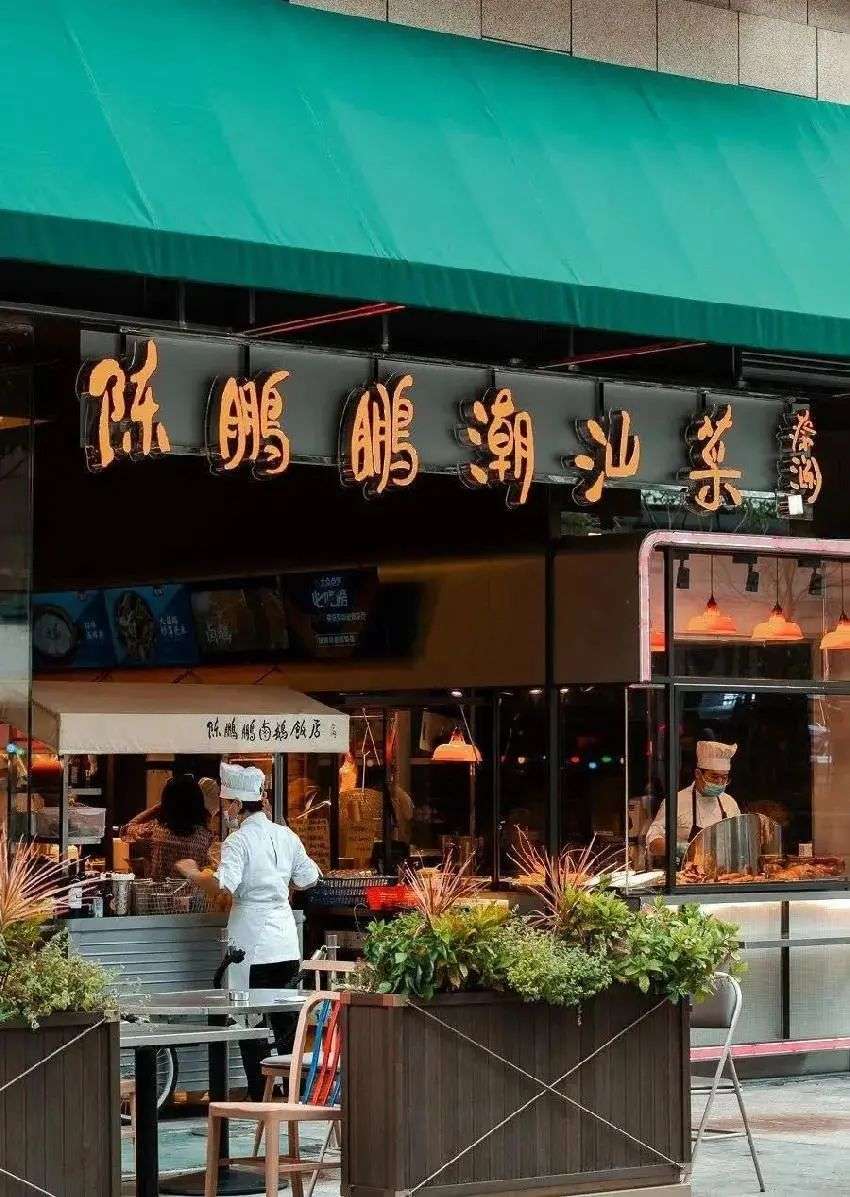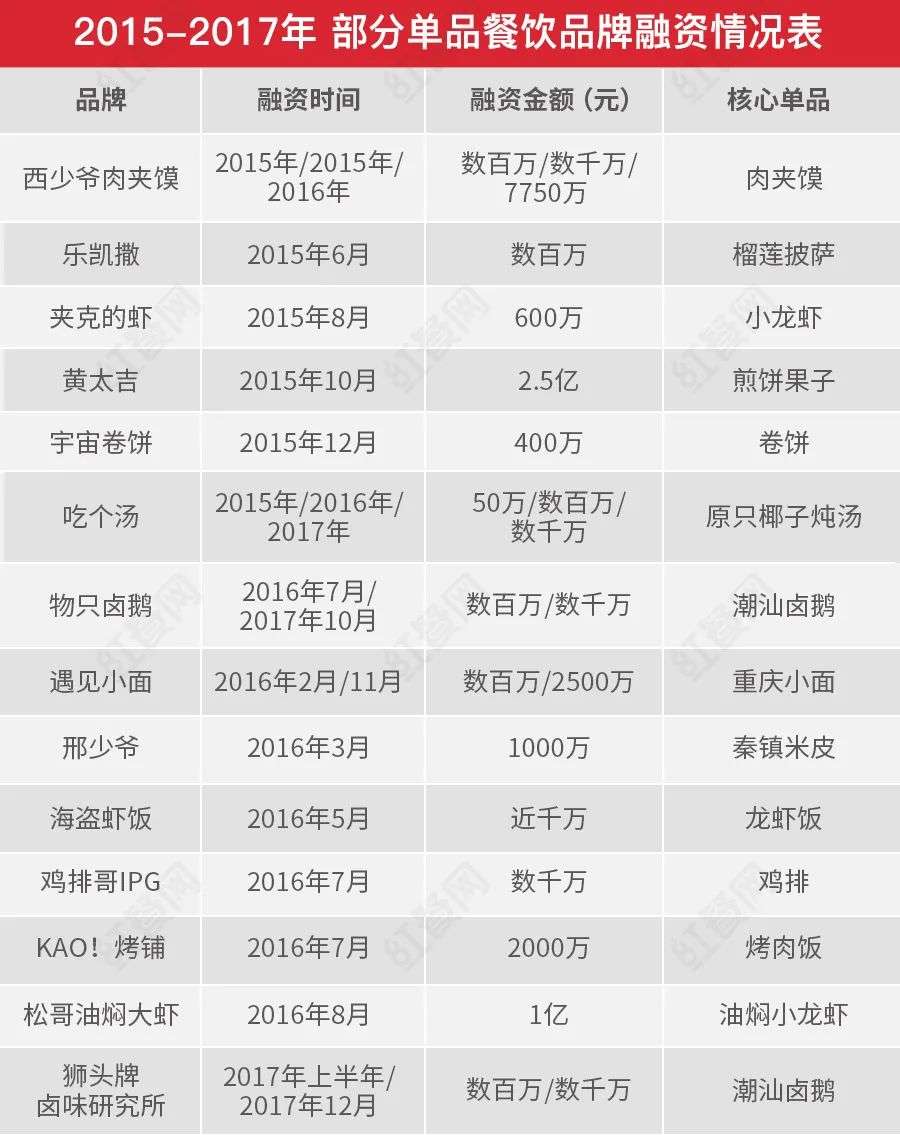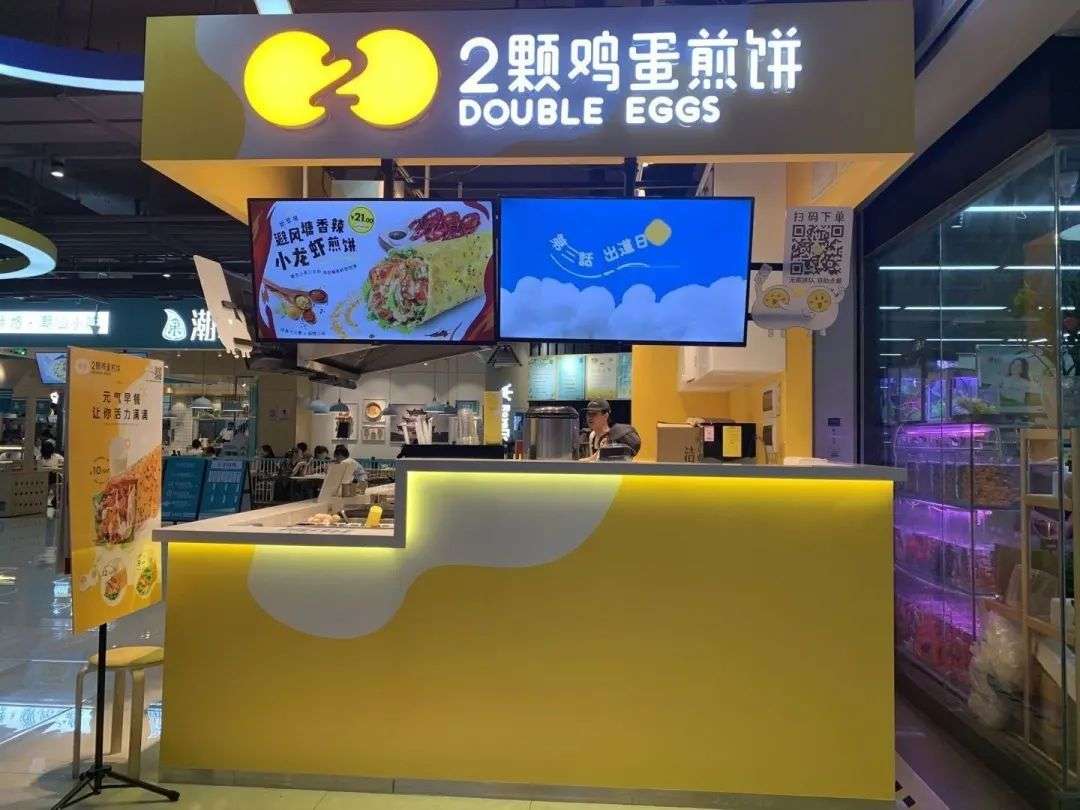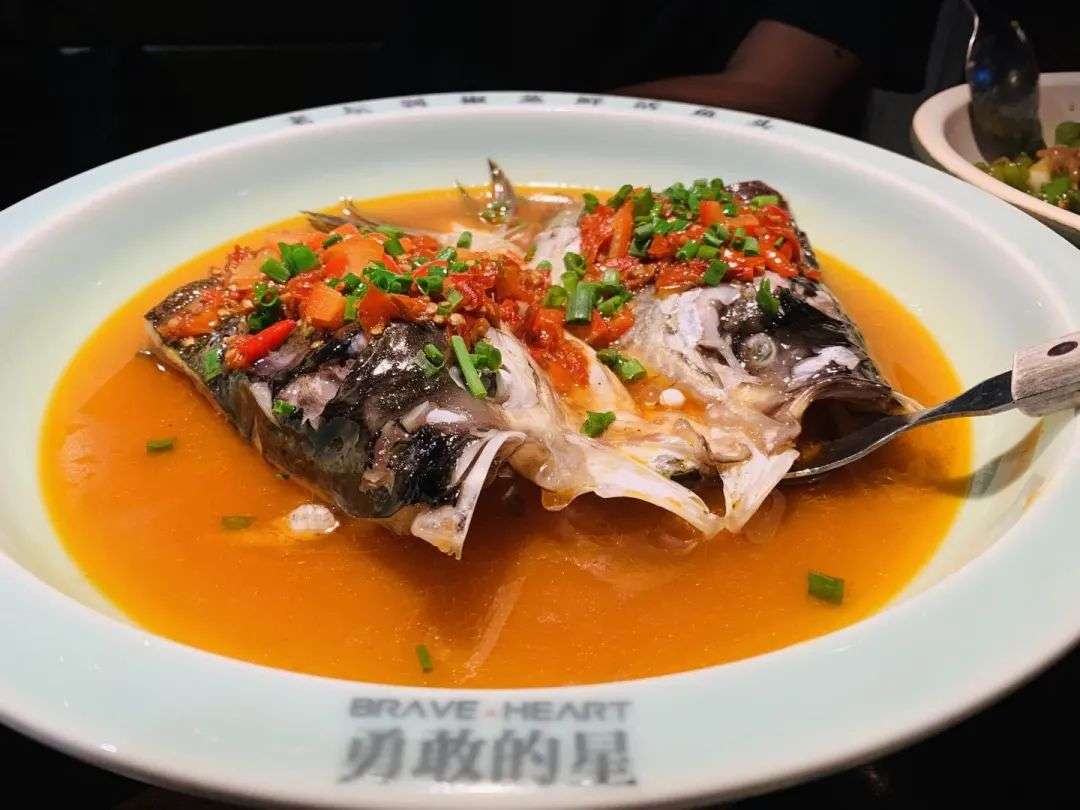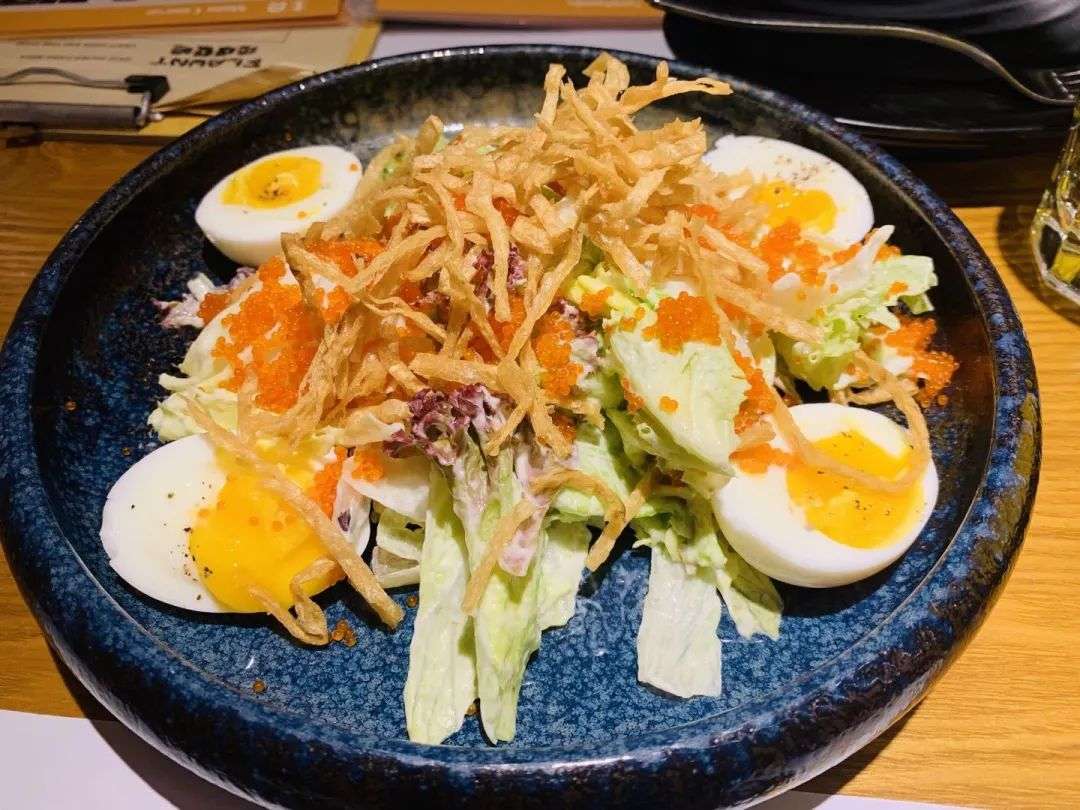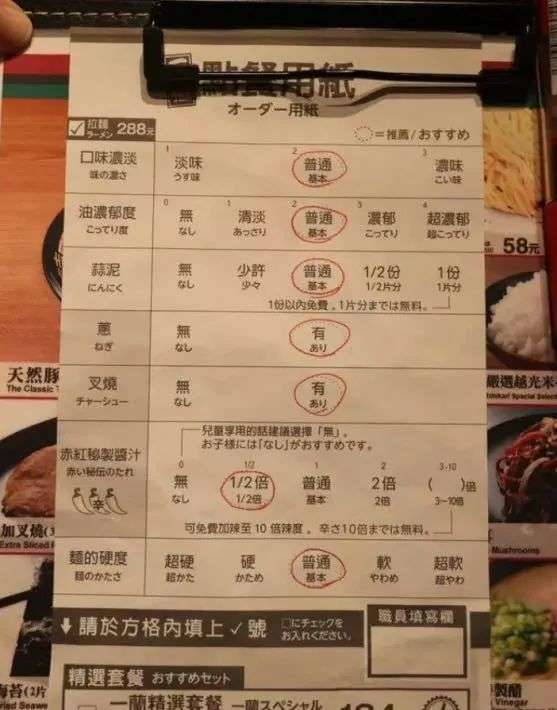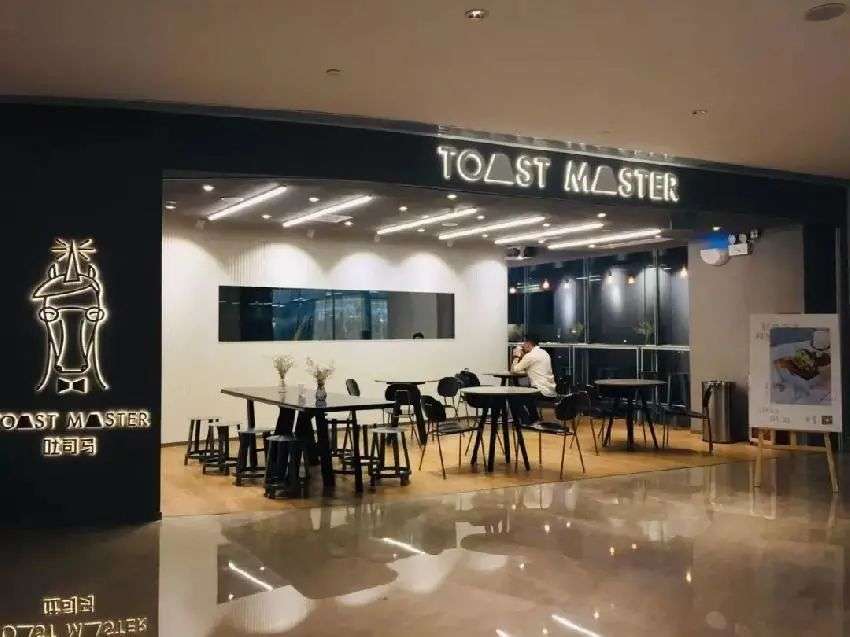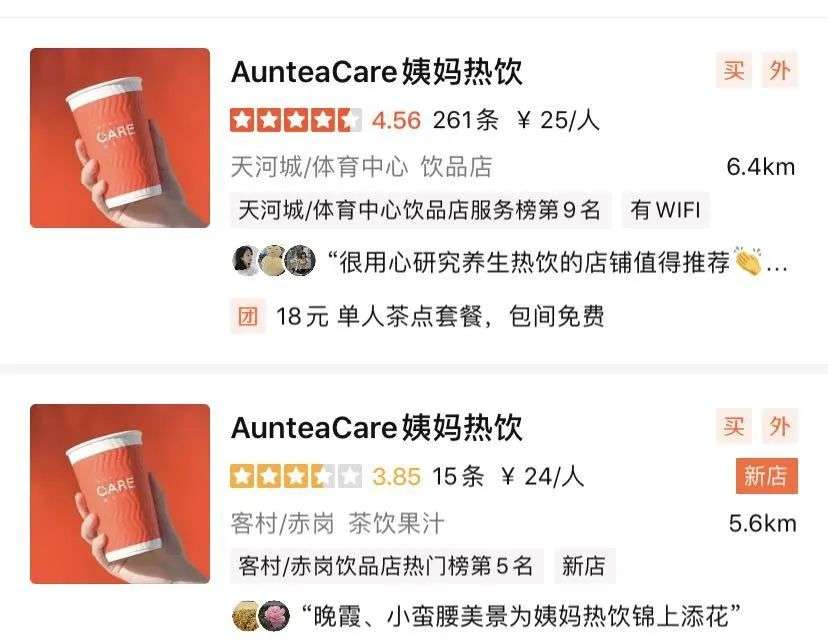Single product mode is a double-edged sword!
Editor’s note: This article is from the WeChat official account “Red Meal” (ID: hongcan18), author Zhou Hongchu.
In the past few years, the single product model was extremely popular, and it was favored for its advantages such as low investment, high return, easy duplication, and super flexibility. However, nowadays, some catering brands that once focused on single-product tracks are transforming, aiming at multi-product and multi-category tracks.
Is there a problem with the “single product is king” model?
Recently, many have featured Extreme single item catering brands have begun to transform and increase their product matrix .
On September 28, Tanyu, a brand that focuses on grilled fish, announced that it will add new hot pot products. This is another layout of Tanyu in the product matrix after barbecue products.
In August, Chen Pengpeng Goose Restaurant, which once focused on Chaoshan braised goose, changed its brand name to Chen Pengpeng Chaoshan cuisine.
△Chen Pengpeng Chaoshan cuisine Photographed from Shenzhen Evening News
Earlier, there were also a number of single-product restaurants that started to expand their products, such as noodle restaurants with barbecue, crayfish restaurants with chicken pot, etc.
Why did these food companies make such a change? Is the model of the single-product store broken?
From a single dish to a multi-product layout,Transformation of multiple catering brands
Many years ago, catering changed from the traditional “big and complete” to “small and beautiful”, and the single-category catering also ushered in an unprecedented development.
Some people have made grilled fish with an annual income of more than one billion yuan, some have opened hundreds of sauerkraut fish stores, and others have obtained capital financing several times with a single product…
According to data, there are dozens of catering brands that have received financing from 2015 to 2017, 90% of which are singlePin Road line. Among them, a brand has received nearly 100 million yuan in financing by virtue of a bowl of small noodles and a meat sandwich.
Use Meeting Xiaomian and Xi Shaoye as an example:
The encounter with the first store opened in June 2014Seeing the small face, in just 2 years, it has won the favor of Qing Cong Capital, Tiantu Capital, Ji Mao Jiu, and Hony Capital. The financing rounds were as high as 4 times.
Xi Shaoye, also established in 2014, has received 3 rounds of capital investment by the end of 2016. Among them, in the B round of financing in December 2016, the financing amount was as high as 11.5 million US dollars (about 77 million yuan).
For a while, choosing a popular item has become the first choice of many catering entrepreneurs. Many food and beverage entrepreneurs have devoted themselves to digging into sub-categories. All parts of the country have ushered in the pinnacle of large single-product business models, such as pickled fish, grilled fish, pancakes, bullfrogs, steamed buns, crayfish, small noodles, etc. Single-category brands emerge in endlessly.
At the same time, some large chain restaurant companies have also taken a fancy to the “single product is king” trend, and have launched single product sub-brands. For example, Xibei launched the specialty store “Xibe Super Roujiamo”, Jiu Maojiu launched the specialty store of pickled fish “Tai Er Pickled Fish”, the brand of pancakes and fruits “2 egg pancakes”, String brand “counsel”……
△2 egg pancakes, taken from Red Meal.com
However, after a period of development, with the development of the brand, the hidden shortcomings of the single product business model itself have begun to emerge. A number of single product brands have experienced problems, either due to poor management, or in product Do addition on the top and seek transformation.
For example, when I met with small noodles, in mid-2017, it broke the pattern of single product management, and changed from fast food-style single product small noodles to a composite structure of “small noodles + barbecue + snacks + drinks”.
It is also a Shenzhen restaurant brand that once only sold the dish “Broiled Prawns” after 2017Song Ge oil braised prawns, crab, skin shrimp, stinky tofu, Edamame, ice powder and other products.
Le Caesar, the “creator of durian pizza”, has also consciously weakened its durian pizza products during its external publicity in the past two years, adding various pizzas, snacks and drinks to enrich its product line.
It is a single product, but it is also a single product.This is a “double-edged sword”< /span>
Many catering brands have flew up because they have seized the outlet of single products, but there are also many catering brands that have been limited because they mistakenly use single products as their daily business model.
In fact, in the first few years when single-product stores were popular, many industry experts reminded that single-products are a double-edged sword. When you see the hot business opportunities of single-products, you must be alert to risks.
In the view of Hongdian.com (ID: hongcan18), the single-product store business model does hide 4 major risks:
-
First, the product is single, and there is a suspicion of “catching customers”
The single-product store, as its name suggests, focuses on a single product, with a small amount of drinks or side dishes. The menu is simple and the number of products is small.
This model is indeed conducive to the light operation of the restaurant, but for consumers, there is very little choice. And the product structure is too single, it is easy to reduce consumers’ desire to consume, thereby affecting the repurchase rate. After a lot of consumers try to eat, if the single-product store has no outstanding features, it is difficult to attract people to spend again.
-
Second, the overall customer unit price is low, and it is difficult to support a store
The single product store has a single product, which means a single profit point. No matter how delicious a dish is, the ingredients and cost can be appreciatedAs we know, this also makes it impossible for the products of single-product stores to be priced too high, thus limiting the per-customer price of the restaurant.
△Picture taken from Red Meal.com
If the customer unit price is set too high, it will give consumers the feeling of low value, but the customer unit price is too low, and it is difficult to support the long-term development of a store.
Single items such as steamed buns, pancakes, fruits, and pancakes, because they are high-quality and inexpensive street foods, selling more than 20 is the limit, and it is difficult for you to sell for tens of hundreds of prices. Even for large items such as sauerkraut fish and grilled fish, although the prices of different fish species can appropriately increase the unit price per customer, it is difficult to sell such a dish alone at a unit price of one or two hundred per customer.
-
Thirdly, it is easy to copy and standardize, and the product homogeneity is serious
Compared with large and comprehensive restaurants, single-product stores that focus on a single dish are obviously easier to standardize and replicate. This is good for store expansion, but it also brings up another problem-serious homogeneity.
Because of the “Bite of the Tongue” in Chongqing around 2015, Chongqing’s small noodles suddenly became popular across the country. Thousands of Chongqing small noodle shops opened across the country. Data in 2018 shows that only the small face Birthplace The number of small noodle restaurants opened in Chongqing reached 84,000 Home.
In recent years, single-product stores such as crayfish, pot knuckles, grilled trotters, cold pot skewers, toast, etc., which have become popular in recent years, are also facing the problem of bad streets because of their low technical content and failure to form industry barriers.
-
Fourth, the risk of the supply chain
Single-product stores are extremely dependent on a single ingredient. Once there is a problem in the supply chain, it will be wiped out. For example, under the influence of SARS and bird flu in the past, many catering brands that made chicken products were greatly affected.
In addition, this is more obvious in specialty single-product stores.
For example, Chaoshan braised goose, the main ingredient is lion head goose, which has a long growth cycle. Generally, it needs to be raised for more than 140 days, which limits the large-scale expansion of braised goose shops; crayfish, hairy crabs and other seasonal products Food ingredients are more dependent on the supply chain; there are also some specialty stores that specialize in pigeons and bullfrogs, which will also be affected by the upstream market.
Being a single product store,Try to avoid these misunderstandings
As mentioned above, the single product business model is a double-edged sword. There are certain risks in operating a single product. However, the vitality of the single product store model is still strong. We cannot deny it completely because of the transformation and upgrading of some brands. In Taier pickled cabbage fish, Fulaida, Tanyu and other successful single product brands , The single-product store model is still popular.
What we have to do is how to avoid falling into the misunderstanding of the ultimate single product or subdivided single product.
-
Clarify the concept of single product management, focus on single product ≠ extreme single product
The Red Meal columnist Jiang Yi once explained the single-product management model in this way, “Under normal circumstances, single-product management is not that the restaurant has only one dish, but a certain dish as the main representative, and the There are many other dishes. It’s just that the restaurant deliberately weakened the appearance rate of side dishes and did not distract consumers from marketing and publicity, but in actual operations, the supply is stable.”
BeforeIn the past few years, the catering industry has generally fallen into the problem of homogeneity. The industry has begun to think about single-product thinking. It believes that single-point breakthroughs are the best way to differentiate. It equates focused single-products with extreme single-products, and believes that “one trick is fresh.” Eat all over the world”, thus falling into the misunderstanding of the ultimate single product.
When entering the market, it is relatively easy to differentiate by single product, but from the long-term development of the brand, the future will definitely transform to a high-efficiency collection store, so that the product matrix and product structure will be more stable.
△Picture taken from Red Meal.com
As Jiang Yi said, “Merchants can do as much as possible’single product is king’ in marketing methods, focusing on the erratic attention of customers, and focusing on consumers’ brand recognition. However, if in actual operations, It’s actually not a wise move to make a single product extreme.”
-
Simple ≠ monotonous, the ultimate single-product store should also have core differentiation advantages
Small and beautiful is still the main theme, and the ultimate single-product store still has a certain market, but the most important thing is to create its own core characteristics.
At this point, the catering industry in Japan is worth learning from catering people.
In Japan, whether it is a ramen restaurant, a sushi restaurant, or a skewers restaurant…Most of them are single items, and the model looks very simple, but basically a menu before and afterTwo sides, you can clearly explain all the products in the store, even if it is a bowl of ordinary ramen, the store will focus on the intensity of the taste and the concentration of oil. Different standards are set for the amount of sauce, the hardness of the ramen, so every time consumers go to that store, they still feel that the product is full of changes after eating.Sex, I don’t feel tired when I get old.
-
Make a single product, don’t subdivide for the sake of segmentation
Many brands do positioning and segmentation in order to stagger their competitors and seize the blank market. This kind of differentiation idea is correct. But catering people also have to beware of the misunderstanding of subdivision of the brand because of its too fine positioning.
In the baking industry, after Nayuki’s tea brought the soft European buns, many entrepreneurs began to use the idea of other items in traditional baking stores, such as a single bag of toast. speacialist.
Bread New Language launched a new language called “Toast horse” Specialized store, but now its only store in Guangzhou Gaode Land has already closed.
△”Toast Ma”, currently closed, taken from Red Meal.com
As for the problems of the toast specialty store, as early as April 2019, Red Meal.com published the “The rise of another online celebrity item! The detailed analysis of soft European bags and dirty bags> is no longer described in this article?
The tea beverage industry is even more exaggerated. In order to gain a share of the 100 billion tea beverage market, many tea entrepreneurs have begun to subdivide them from different dimensions such as ingredients and functionality to seize the blank market. For example, in the fruit tea series, many entrepreneurs have opened a specialty store focusing on lemon, durian, avocado and other different fruits; in the health tea series, there is Wanglaoji, Qingxintang and other brands aim at herbal herbal teas, and even entrepreneurs have launched “aunt hot drinks” specifically targeting women’s menstrual needs…
Lemon tea has a consumption base in Guangdong, and it may have certain advantages in the regional market. However, fruits such as durian are very niche in themselves, and their own special flavors have isolated consumer groups who do not like durians. The “aunt hot drink” looks like a caring care for the female group and has unlimited prospects. In fact, the brand name alone keeps a group of male consumers out of the door.
Conclusion
Although single product operation has certain risks, it is still a good business model. However, whether it is those catering people who are still focusing on the single product track, or some new entrepreneurs who want to break through the market through the form of single product stores, they still need to be cautious to avoid falling into the misunderstanding of single products. In the trap.
